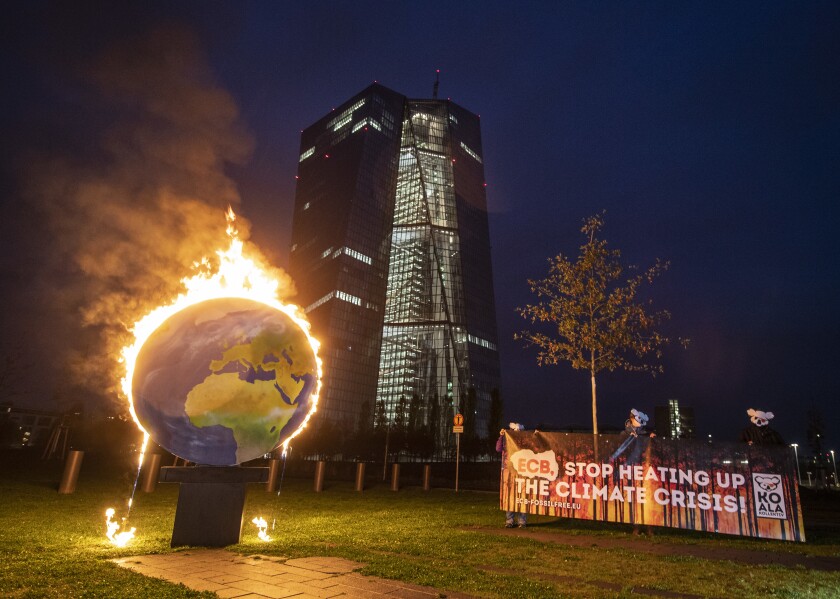First, in contrast to GlobalCapital’s opinion, including Alberta’s bonds in the EMA list does in fact imply a cost to the ECB and a subsidy to Alberta. Through collateral eligibility, the ECB carries the joint default risk of the recipient of the collateral cash and the underlying collateral. If this risk is non-zero — and we need go back only 12 years for some rich examples — the collateral operation introduces risk to the ECB’s balance sheet and equity capital. This is a cost, although we can argue how big. But irrespective of the magnitude, Alberta is raising capital cheaper with this cost as a prerequisite. That constitutes a subsidy.
Second, GlobalCapital calls our selection of Alberta “cherry picking”. Linguistically speaking, we prefer to call it “bird watching”, but we would exchange the noun with a word that rhymes with bird. Technically speaking, as our article about Alberta says, our selection of the province falls back on something we call the High-Level Excessive Emissions Grouping (HLE2G), which defines straightforward rules on what should be excluded from the EMA.
Alberta is a name on that list, qualifying through its tar sand financing directly, but in this context we would also refer to the Swedish central bank’s technical decision to not buy Alberta bonds owing to the province’s carbon footprint. Alberta’s 64.3 tonnes per capita is more than three and a half times greater than that of Saudi Arabia, for example.
And it is not beyond the ECB to mould its technical requirements according to strategic parameters. At the start of the coronavirus pandemic in March, ECB president Christine Lagarde declared that the central bank was “not here to close spreads” in line with its main objective: “price stability: safeguarding the value of the euro”. But the effect of the sheer quantity of bonds it has purchased through its Pandemic Emergency Purchase Programme initiated in the same month demonstrates otherwise. Moreover, it has eased any number of capital restrictions on the banks it supervises to help them lend through the crisis. This is indicative of its ability to show operational flexibility for strategic purposes.
Lastly, there is reputational and credibility risk here too. The Treasury Board and Finance of Alberta may be confused to see the ECB happily subsidising Alberta oil production — by helping to fund the province’s tax holiday for producers — with freshly printed euros, while also calling on central bankers to ask themselves if they are taking excessive risk by trusting markets to correctly price environmental issues.
This should confuse everyone else too. It makes an awkward joke of the Network for Greening the Financial System — a voluntary group of central banks and supervisors aiming to spread best green finance practice — and other central banking efforts to tell public capital market agents to do more ‘greening’ when their own operations cannot muster a minimum of exclusion rules. We believe that it is rather straightforward to rectify this, if one really has the dedication.
By Ulf Erlandsson, executive chair of the Anthropocene Fixed Income Institute and CIO of Diem Green Credit.
